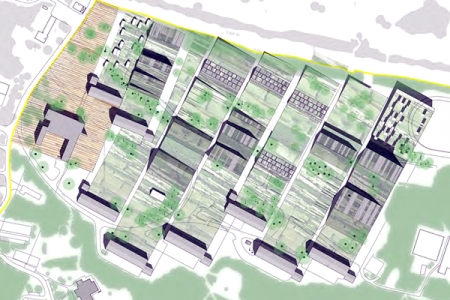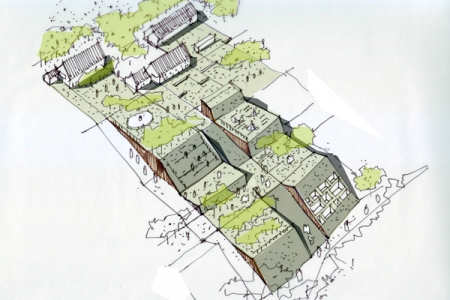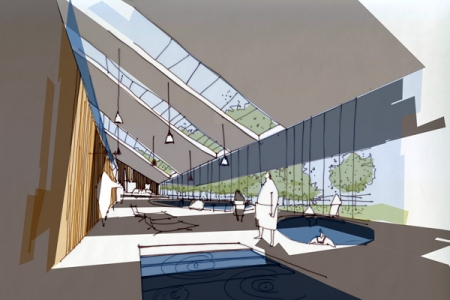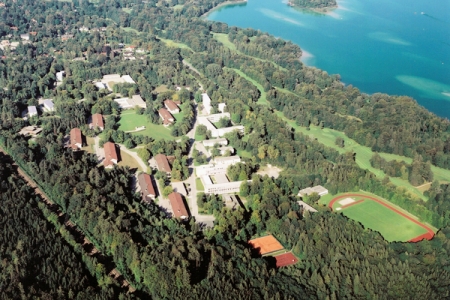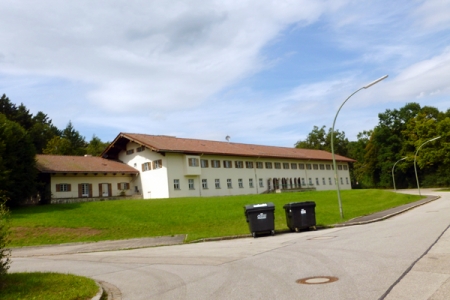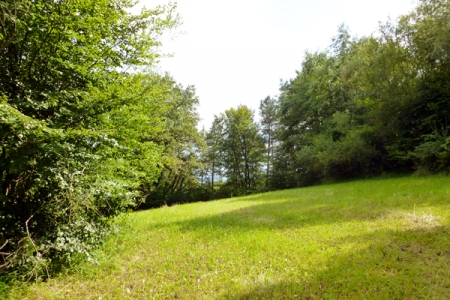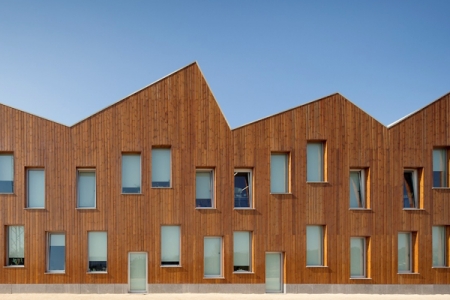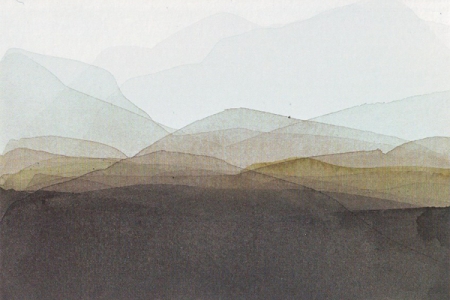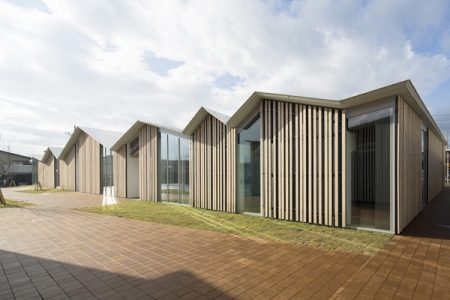Forest for Rest
Feldafing (DE) – Lauréat
DONNÉES DE L'ÉQUIPE
Team representative: Pablo Allen Vizán (ES) – architect; Associate: Elisabeth García Asensio (ES) – architect urban planner
Alsenst. 23 A, 50679 Köln – Deutschland
+49 176 9757 8028 – pallviz@hotmail.com – www.pabloallen.com
Voir la liste complète des portraits ici
Voir la page du site ici

P. Allen Vizán & E. García Asensio
INTERVIEW en anglais
Cliquer sur les images pour les agrandir
1. How did you form the team for the competition?
We have been working together since 2009 on some projects and competitions. Actually our team was made before beginning Europan, which is one of the most important competitions. So the decision to take part in it was also easy.
We work in two fields: in the process for a concept developing and the urban planning. So we have two roles in each project in the beginning but we like to play each other’s role a couple of times during this process... and Europan is a good chance for us to work this way.
2. How do you define the main issue of your project, and how did you answer on this session main topic: Adaptability through Self-Organization, Sharing and/or Project (Process)?
Our proposal should explain the place, transform it as less as possible and serve the citizens at same time. Adaptability at the first sight is therefore a strong point in the concept of the proposal, which must be flexible. We propose plot-guides (in plan und elevations) that citizens of Feldafing can build step for step over the years. The citizens’ self-organisation will define their program on and under our architecture. If they need more housing than leisure, they will find a plot to make it possible. The needs change over the years, so our plan tries to include all these needs.
3. How did this issue and the questions raised by the site mutation meet?
The Area is a well-defined complex with the known "Stormblockhäuser" in the middle of nature that we should preserve and include. On the other side the topography is oriented to the lake. The third part in background –yet perhaps the most important– is what the citizens want and what they need. In this case they want leisure and health resorts, hotels, sport facilities and so on near Feldafing. So we have the anchoring points (Stormblockhäuser), the context (Topography), the atmosphere (Forest) and the program (citizens’ needs).
4. Have you treated this issue previously? What were the reference projects that inspired yours?
Working with topography is not new. There are many examples for it. We have developed concepts with topography when given within context.
5. Today –at the era of economic crisis and sustainability– the urban-architectural project should reconsider its production method in time; how did you integrate this issue in your project?
We think that we can find a cheap and useful architecture model that serves to all people, if they make their own program. Our job is probably to think about it with our process, discourses, ideas, etc. But it is also to develop it and build it, knowing how to build it as well as its costs. For about 20 years now architects have thought that was the way. But we had forgotten our client. We had become our own client.
Sustainable architecture, eco-systems, they all come from the citizens’ needs. That should be part of an architectural discourse that might have been invented for and by architects. Nowadays architecture should be able to solve all these citizens’ needs and not to solve the ones of architects.
6. Is it the first time you have been awarded a prize at Europan? How could this help you in your professional career?
Pablo Allen has been awarded in Europan 9 as a runner-up in Vaanta-Helsinki (FI). This is our first time as a team.
Europan has an important role in our career. Pablo Allen remains interested in Theory of Architecture and in researching project-processes and we hope that this prize will be a good step forward to reach a position in University in order to go on researching and producing Lectures on these results from researching and at the same time going on with the professional work with Elisabeth in an Architecture Office. We would like to keep on practising with architectural concepts.
